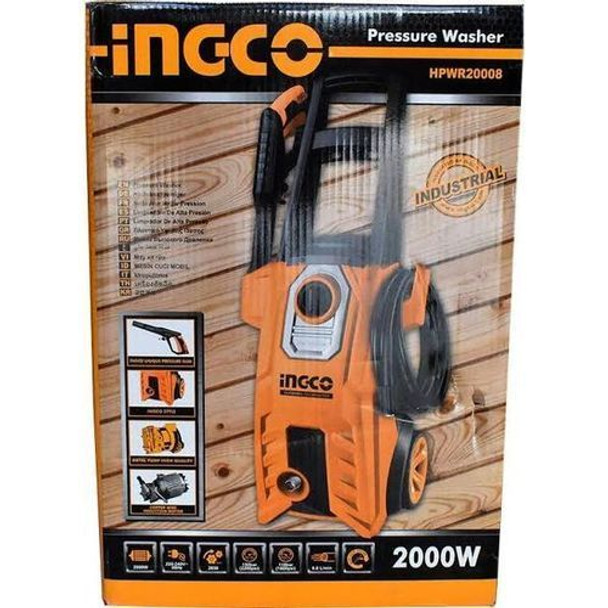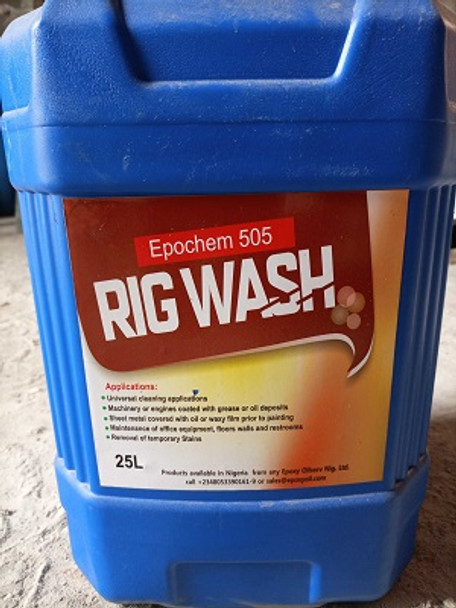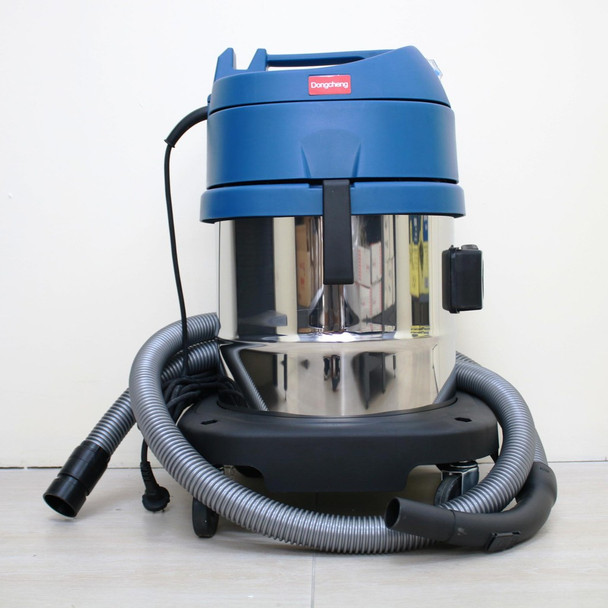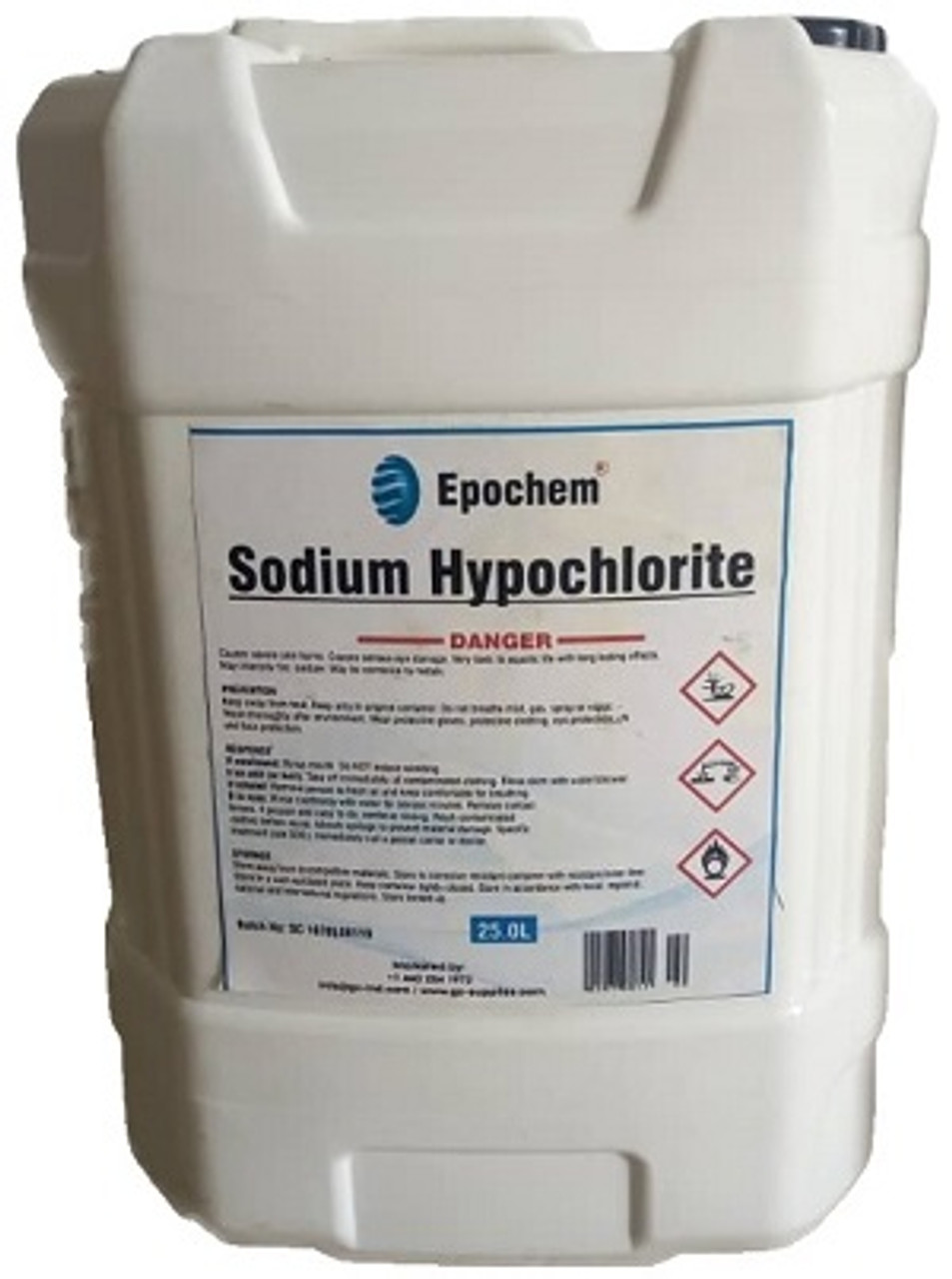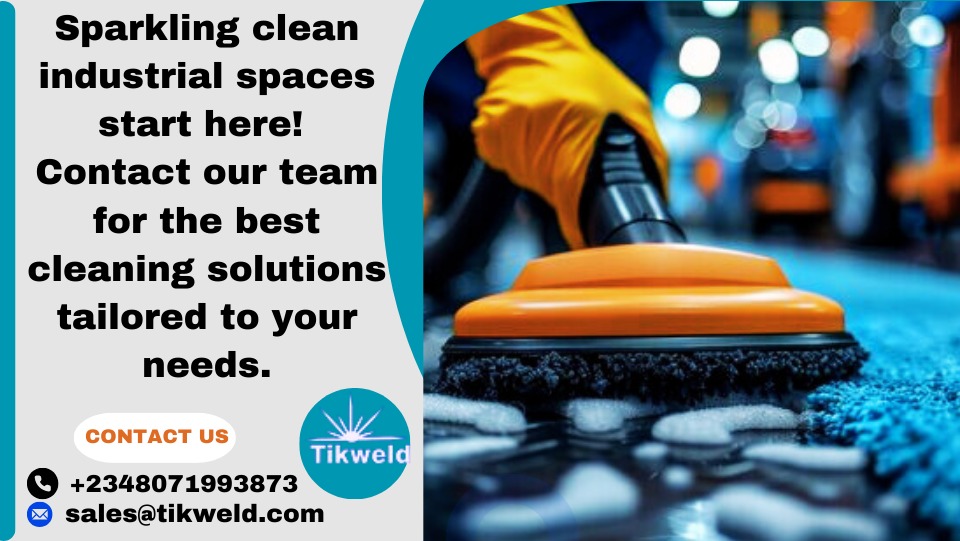Exploring Different Types of Industrial Cleaning Services
Industrial cleaning services play a crucial role in maintaining the safety, efficiency, and longevity of equipment and facilities across various industries. These services involve specialized techniques and technologies designed to tackle the unique challenges of industrial environments, where regular cleaning methods may fall short.
Industrial cleaning services encompass a wide range of cleaning methods tailored to the demands of industrial settings. For example, water jetting or high-pressure cleaning techniques are used for removing stubborn deposits, grime, and contaminants from surfaces such as tanks, pipelines, and machinery. These methods employ extremely high-pressure water streams to effectively dislodge and wash away debris, scale, and other residues that can accumulate over time. This type of cleaning is essential for maintaining equipment efficiency, ensuring safety, and complying with industry regulations. Additionally, industrial cleaning services may include specialized techniques such as manual cleaning, sand blasting, immersion cleaning, foam cleaning, and in-situ cleaning, each designed to address specific challenges and meet the rigorous cleanliness standards required in various industrial environments.
These services are vital for ensuring the safe and efficient operation of machinery, preventing contamination, and maintaining regulatory compliance. Industries such as manufacturing, petrochemical, food processing, and pharmaceuticals rely heavily on industrial cleaning to keep their operations running smoothly.
The aim of this article is to provide a thorough overview of various industrial cleaning services. This information will help businesses make informed decisions about the most suitable cleaning methods for their specific requirements.
Ingco High Pressure Washer 2000 W
1. Water Jetting/Aqua Blasting
Water jetting, also known as aqua blasting, is a high-pressure cleaning technique that uses a powerful stream of water to remove contaminants from surfaces. This method involves specialized equipment that can deliver water at extremely high pressures, effectively dislodging dirt, grime, and even hardened deposits.
Applications
Water jetting is widely used in industries such as petrochemical, marine, and construction. It is particularly effective for cleaning surfaces like concrete, steel, and pipelines, where traditional cleaning methods may not suffice.
Benefits and Limitations
Water jetting offers several advantages, including its ability to clean without the use of chemicals, making it environmentally friendly. It is also highly effective at removing tough contaminants. However, it requires careful handling due to the high-pressure equipment involved, which can pose safety risks if not used properly.
2. Manual Cleaning
Manual cleaning involves the use of hand tools and physical effort to clean surfaces and equipment. Common tools include brushes, scrapers, and cloths, often combined with cleaning agents to enhance effectiveness.
Applications
Manual cleaning is best suited for tasks that require precision and attention to detail. It is commonly used in industries such as food processing, where hygiene is paramount, and in situations where automated methods cannot reach.
Benefits and Limitations
The main advantage of manual cleaning is its flexibility and precision. It allows for meticulous cleaning of intricate parts and surfaces. However, it is labor-intensive and time-consuming, making it less suitable for large-scale cleaning tasks.
Epochem 505 Rig wash Industrial Cleaner
3: Immersion Cleaning
Immersion cleaning involves submerging parts or equipment in a cleaning solution to remove contaminants. This method can utilize various types of cleaning agents, including solvents and ultrasonic waves, to achieve thorough cleaning.
Applications
Industries such as automotive, electronics, and aerospace commonly use immersion cleaning for parts and components that require deep cleaning. It is effective in removing oils, greases, and other stubborn contaminants.
Benefits and Limitations
Immersion cleaning is highly effective at reaching inaccessible areas and providing a thorough clean. However, it requires proper handling and disposal of cleaning agents, which can be hazardous if not managed correctly.
4: Foam Cleaning
Foam cleaning employs foam-based cleaning agents that adhere to surfaces and facilitate the removal of contaminants. The foam can be applied using various methods, such as spraying or brushing, to ensure even coverage.
Applications
Foam cleaning is widely used in the food and beverage industry, as well as in facilities that require strict hygiene standards. It is effective for cleaning large surfaces and equipment.
Benefits and Limitations
The primary advantage of foam cleaning is its excellent coverage and ability to cling to vertical surfaces. This ensures a thorough clean. However, it may leave residues that require additional rinsing and can be less effective on extremely stubborn contaminants.
Dongcheng Vacuum Cleaner 1200W/15L DVC15
5: Sandblasting
Sandblasting involves propelling abrasive materials, such as sand, at high speeds to clean or etch surfaces. This method is commonly used for heavy-duty cleaning and surface preparation.
Applications
Industries such as construction, automotive, and shipbuilding use sandblasting to remove paint, rust, and other coatings from metal surfaces. It is also used for preparing surfaces for painting or coating.
Benefits and Limitations
Sandblasting is highly efficient and thorough, making it ideal for heavy-duty cleaning tasks. However, it generates a significant amount of dust and can cause wear on equipment, necessitating proper dust control measures and protective gear for operators.
6. In Situ Cleaning
In situ cleaning involves cleaning equipment or surfaces in their operational locations without dismantling them. This method uses various techniques and technologies, such as chemical cleaning, steam cleaning, and vacuum systems, to remove contaminants effectively.
Applications
In situ cleaning is particularly useful in industries such as petrochemical, power generation, and food processing. It is ideal for cleaning large equipment and machinery that cannot be easily moved or disassembled. Common applications include cleaning heat exchangers, boilers, and production lines.
Benefits and Limitations
The main advantage of in situ cleaning is that it minimizes downtime and disruption to operations, as equipment does not need to be disassembled. It also ensures that cleaning is thorough and reaches all parts of the equipment. However, it can be complex and require specialized equipment and expertise to perform effectively.
Epochem Sodium Hypochlorite
Frequently Asked Questions
- What are the primary benefits of using water jetting for industrial cleaning?
- Water jetting is highly effective at removing tough contaminants without the use of chemicals, making it environmentally friendly. It is also versatile and can be used on a variety of surfaces and materials.
- When is manual cleaning the most suitable method?
- Manual cleaning is ideal for tasks that require precision and attention to detail, such as cleaning intricate parts or surfaces in the food processing industry.
- What types of contaminants can immersion cleaning remove?
- Immersion cleaning can effectively remove oils, greases, and other stubborn contaminants from parts and components, making it useful in industries like automotive and electronics.
- What are the common applications of foam cleaning?
- Foam cleaning is widely used in the food and beverage industry to clean large surfaces and equipment, ensuring high hygiene standards.
- What are the main advantages of in situ cleaning?
- In situ cleaning minimizes downtime and disruption to operations by cleaning equipment in place. It also ensures thorough cleaning without the need for disassembly.
Let Tikweld handle your industrial cleaning needs so you can focus on what matters most… your business.
Contact us today for a customized cleaning plan!
Conclusion
Selecting the right cleaning method for specific industrial needs is crucial for ensuring optimal performance and safety. As technology and industry standards evolve, it is important to stay updated with emerging cleaning technologies and practices.
This guide has explored various industrial cleaning services, each with its unique methods, applications, benefits, and limitations. From water jetting to in situ cleaning, these services are essential for maintaining the safety, efficiency, and longevity of industrial equipment and facilities.
For expert industrial cleaning solutions tailored to your specific needs, visit Tikweld Product and Services. Our team of professionals is ready to help you maintain a clean and safe industrial environment. Contact us today to learn more about our services and how we can assist you.


